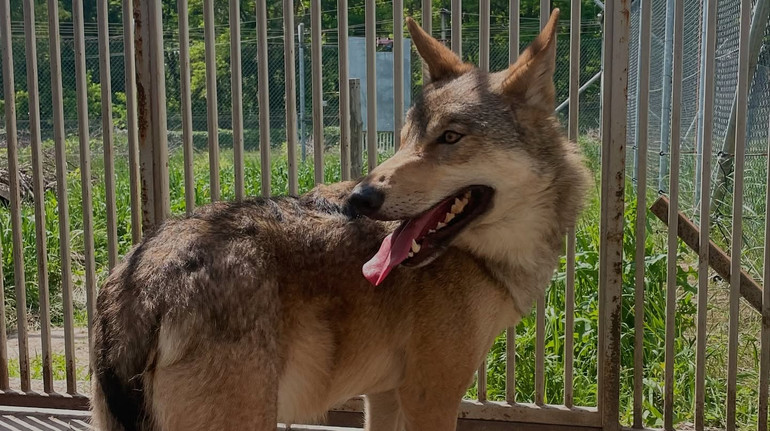Large -scale sales stake begins – the Swedish Society for Nature Conservation Critical

On Easter Day, April 20, an extensive hunt for seals will start in Swedish waters, following a decision by the government. The decision comprises a total of 1,000 gray seals, 200 knob seals and 200 folders. The government justifies the decision to reduce the damage caused by seals in fishing and limit the seals’ consumption of fish.
The Nature Conservation Association is strongly critical of the planned hunt.
– It is wrong to blame Sälen because the Baltic Sea has crashed. We do not agree that sales are a solution to the Baltic Sea’s problems, says Ida Carlén, expert on sea issues at the environmental organization.
She thinks that There is no scientific support for an increased sales chase would lead to the fishing stocks in the Baltic Sea recovering.
– There is no evidence that an increased sales hunt would help, for example, the streaming stock in the Baltic Sea. On the contrary, an increased sale in the long term threatens the seal populations, she says.
According to Ida Carlén, the fact that seals come close to the coast and takes fish in the net is because there is a lack of their main food, herring, in the outer sea areas. In the deeper parts of the Baltic Sea, the flooding is fished on a large scale of industrial trawls, mainly to become fish meal.

At the same time 60 percent of all coastal fishermen In recent years, injured implements and lost or destroyed catch.
Isn’t it important to keep the seal populations under control for the sake of coast?
– We have no problem with protective hunting, where you can shoot individuals of seals near nets and catch gear. But the whole problem has arisen because we humans have overfished, says Ida Carlén.
Would there be enough fish for all seals if we did not hunt them?
– Yes, the problem with a lack of fish is that we fish too much. The seal stem today is slightly smaller than it has been historic, 100-150 years ago.

According to an opinion poll Ordered by the Swedish Society for Nature Conservation from Veriance, a larger proportion of the public is negatively set for increased sales chase (36 percent) than positive (19 percent).
The survey also shows that there is a weak support for increased sales strokes to protect fish stocks, while reduced fishing is seen as the most important measure.
Rural Minister Peter Kullgren (KD) is parental leave during the month of April. His Secretary of State Daniel Liljeberg responds in an email to DN:
« Hunting for seals is justified. We have seen a significant increase in the number of seals during the 2000s which affects fish stocks. The government has recently given government assignments aimed at facilitating hunting for seals. However, there is no sole solution for stronger fish stocks, but the government works on a broad palette of measures.
Read more:
The sales owner: « I don’t want to slaughter – but it would need to be shot more »







